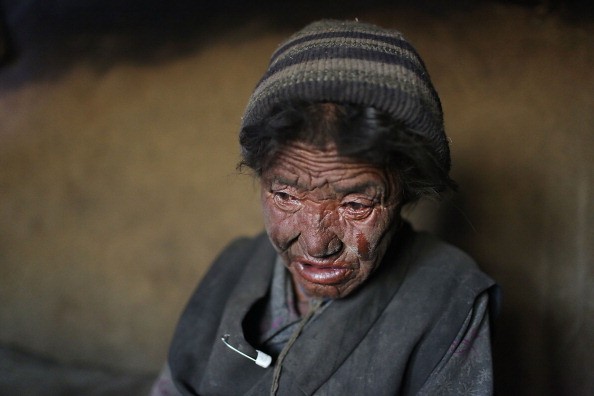Crumbling marriages causing people to lose faith in the institution as well as gender imbalances contribute to the rising global phenomenon of single-person households.
On Thursday, Statistics Korea released a new report which said that single-person households were 5.2 million as of 2015. Such kind of households represent 27.2 percent of the 19.1 million households in South Korea, a 9 percent hike since 1990, Yonhap News reported.
A lot of middle-age single women in Korea cite the freedom to pursue a career and not being burdened by having to juggle raising a family and earning a living as among the reasons why they never married or had kids, although it was not necessarily a choice they opted.
The rise of such kinds of households led Ondemandkorea.com, an online streaming company in South Korea, to produce “I Live Alone.” It is a documentary-type reality TV show that recognizes the social reality of single living by featuring celebrities in such a situation.
However, the show noted that single-person households are not just among celebrities but is also experienced by the ordinary Korean as a result of different circumstances in life. It cited fathers whose family is studying or living overseas, married couples who only see each other on weekends, young rural men adjusting to city life and men who prefer to live by themselves as examples.
In China, the situation is magnified several times compared to South Korea. Bloomberg reported that in 2014, China had 66 million homes registered as one-person households, representing 15 percent of the country’s population. However, the real number may be even bigger at 83 million, said Jean Yeung, director of National University of Singapore’s Center for Family and Population Research.
By 2050, she estimates the number of single-person households in China would go up to 132 million because of aging, migration and divorce. Yeung noted that for some households, it is a choice to live alone so they could enjoy more economic resources and have more time and space for themselves. But in some instances, people have no other option.
In Japan, over 30 percent of households have only one occupant. In Europe, where children have become rare, the ratio could go up to 40 percent in Finland and Norway.



























